We don’t wade into pandemic talk too often here at AirlineReporter. This place is our escape from pandemic-related troubles, and we hope it is for you all too. But every once in a while our radar picks up a news update that’s hard to ignore.
United made big waves last year by being the largest major airline to mandate vaccination for all its employees. My day job as a hospital-based medical resident in New York City has shown me firsthand how powerful vaccination can be in saving lives. So consider me very pro-vaccination. Still I imagine it isn’t easy for leaders of large organizations to impose mandates, even when they’re confident it’s the right thing to do.
Earlier this month United CEO Scott Kirby published a letter to United employees for the New Year. In it, he mentioned that thanks in large part to the vaccine mandate, the company has zero employees admitted to a hospital with COVID, despite 3,000 employees currently positive for the virus. That was compared to the pre-mandate days, when more than one employee a week was dying, not to mention the others who were in the hospital with severe infections. It’s a huge win for employees’ health, and also for the airline’s passengers in terms of reduction in viral exposure.
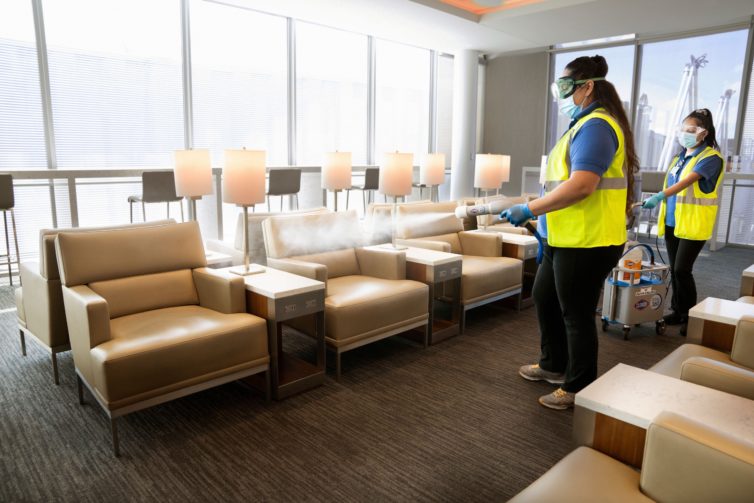
Plastering chairs with bleach may help fight COVID a bit … but vaccination helps more – Photo: United CleanPlus
I can’t imagine a more powerful data point to support vaccination in the air travel workforce. As someone who has seen a lot of people die of the virus right in front of me, I’m grateful to United and any other airline that makes bold choices for the sake of health and safety. And my particular thanks to the airline employees and other workers getting vaccinated and keeping our air travel infrastructure going during these crazy times. Hopefully thanks to public health measures like vaccination, I’m more likely to see you in the skies than in my hospital.
We welcome you to share thoughts in the comments section below. Please keep things civil. Debate about employee vaccination mandates is reasonable as part of a free discourse, but do not post frank pseudoscience.
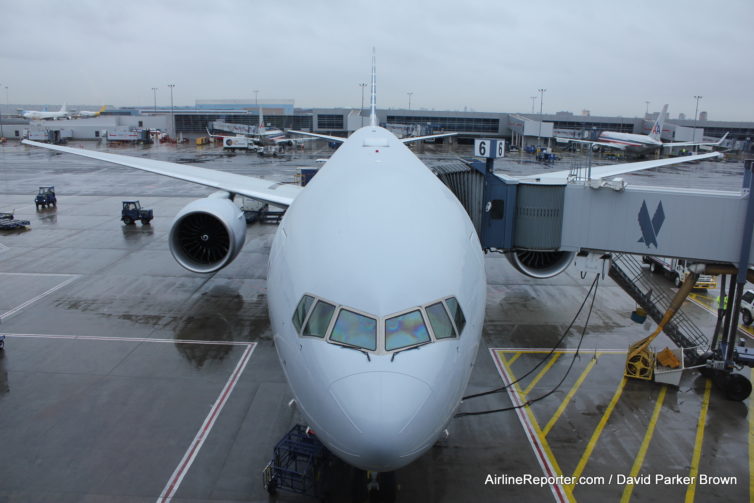
I want to fly, but I just wouldn’t do it right now
There are many people right now questioning if it is safe to fly. It is a valid question, but I do not have the answer. For me personally, I have decided not to fly and I probably won’t be in the air for quite some time. Let me share some of my thoughts about the current situation, explain why I am not ready, and provide some advice for those who end up flying.
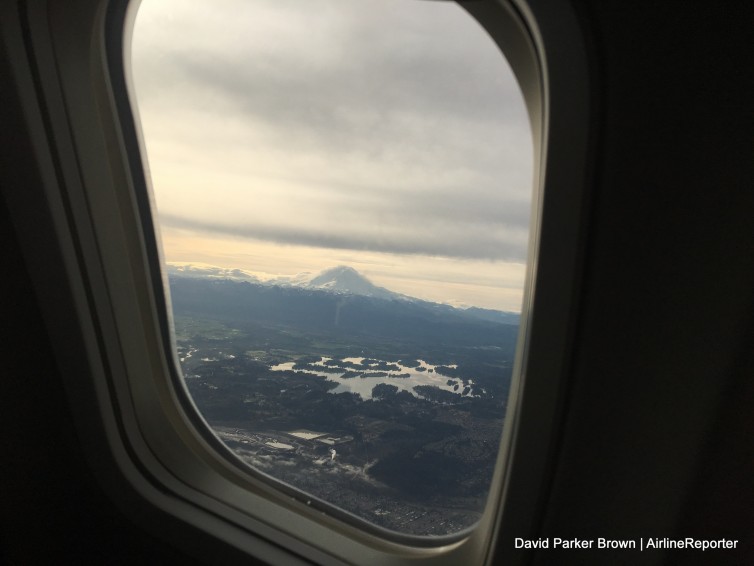
I miss seeing Mount Rainier from the air!
I love the airline business and it has pained me to watch the industry suffer. Hearing about the financial losses and seeing aircraft lined up in the desert is one thing, but employees losing their jobs is devastating.
For the most part, I think airlines and their employees have done an amazing job tackling this unprecedented situation. They have kept passengers informed on new safety procedures and have promoted the quality of the cabin air. No question this builds trust.
I am less worried about the airlines, but more concerned about the uptick in COVID, the other aspects of traveling, and most importantly: other passengers.
This is a continuation of our COVID fleet retirement series, where we tap our archive to commemorate the planes that retired early because of COVID. In our first installment of the series we said goodbye to the Queen of the Skies, the Boeing 747-400. In this story, we stick with the “4 engines 4 long haul” theme but switch gears from Boeing to Airbus.
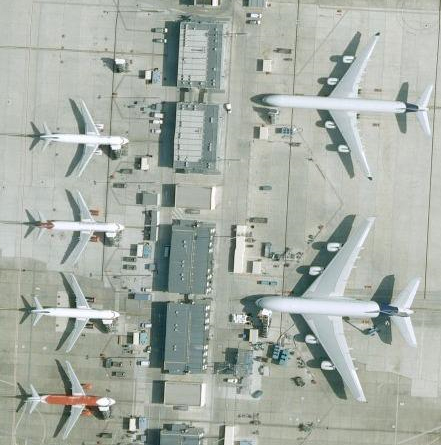
An Airbus A380, A340 and a few A320’s hanging out at Toulouse Blagnac Airport
With fewer people flying, plus the increasing use of fuel-efficient two-engine long-haul planes in airline fleets, older quad-engine planes are dropping like flies. No surprise, then that a number of airlines retired their Airbus A340 and A380s fleets. The A380 is a unique behemoth, the largest and arguably most-comfortable passenger plane around. And its older sister, the elegant A340, has captured AvGeeks eyes and hearts around the world.
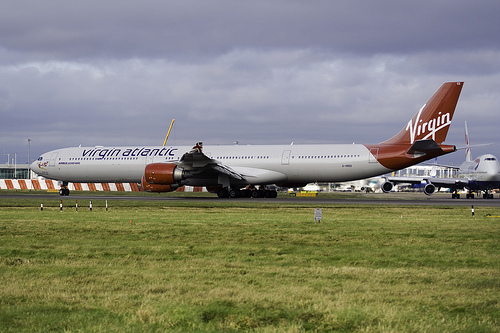
Virgin Atlantic Airways Airbus A340 (G-VRED)
Read on as we take a stroll down memory lane as we say goodbye to a few A340 and A380s.
There used to be a lot of fanfare when airlines retired their flagship subfleets. But thanks to COVID craziness, carriers are sunsetting aircraft types left, right, and center. To celebrate these newly-retired planes, we’re compiling stories we’ve written on some of these recently-retired fleets, and it made sense to start with the queen herself: the Boeing 747-400.
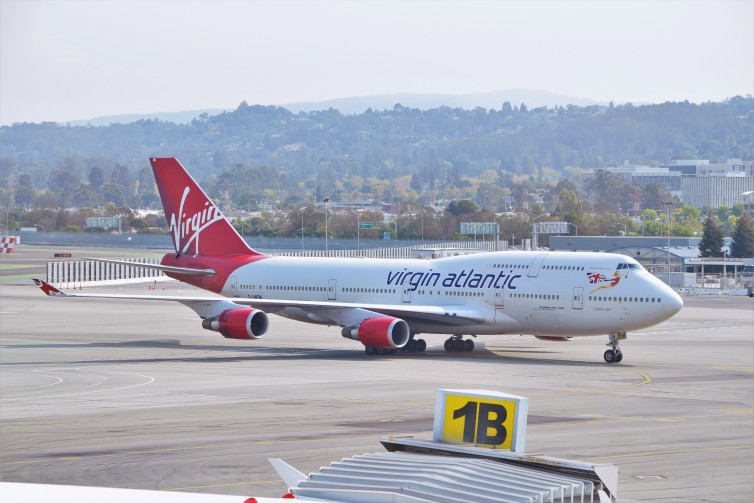
Photo: John Nguyen | AirlineReporter
It has been over 30 years since the first 747-400 took flight — an eternity in the fast-moving aviation world. The Queen of the Skies was still going strong with a few airlines coming into 2020. But there was no doubt that when airlines started retiring planes, the 747-400 would be first in line to go. Four-engine planes are less fuel efficient than dual-engine types like the Boeing 777 or Airbus A350. And most of the 747-400s flying are pretty old. A few airlines like Delta and United had already retired the type (checkout the links for our stories). But this year, a few others joined them thanks to COVID.
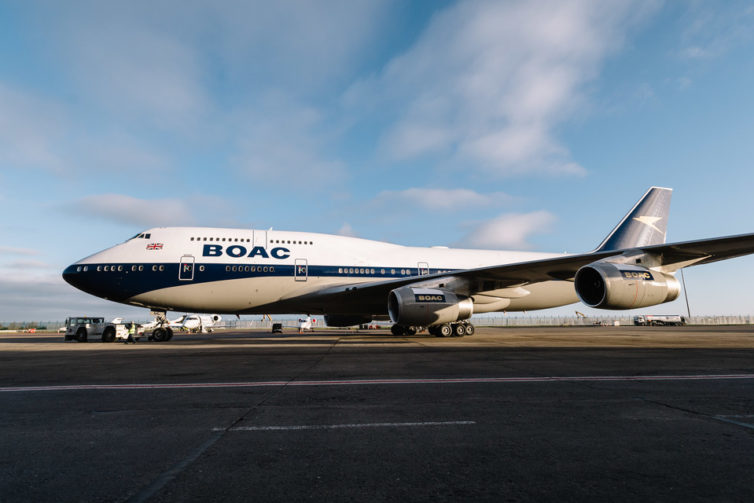
A British Airways 747 in a retro livery – Photo: BA
Let’s send the recently retired 747 fleets of four major airlines — Qantas, BA, Virgin Atlantic, and KLM — off into the sunset in style. Read on for a recap of our favorite stories flying on those airlines’ 747s!
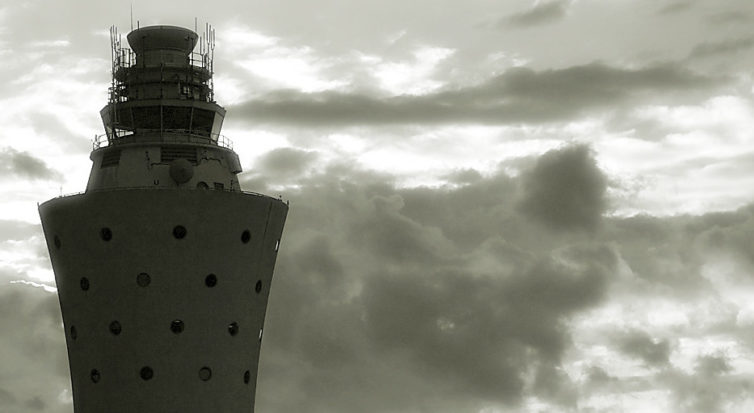
LaGuardia International Airport (LGA) – Photo: Timothy Vogel | FlickrCC
Two things unite all of us on the AirlineReporter team: (1) we all LOVE flying, and (2) we all have other day jobs. I started writing for this website a few years ago as a medical student in California. And once I graduated I moved to New York City to start residency … just in time for COVID to hit. Yikes.
The reality in COVID-hit cities has been covered plenty in the news so I don’t need to describe it here. Except to confirm from firsthand experience that — despite hospitals’/doctors’/nurses’ best efforts — it was as horrific and chaotic as you heard. A lot of people got really sick. A lot of people died. And a lot of people who got better have complications that will affect them for the rest of their lives.
It’s hard for anyone to set a passion or hobby aside. Even with everything I’ve seen, I still miss flying like crazy. I’m guessing it’s the same way for many of you. And even during peak pandemic there may be rare reasons when you absolutely have to fly. If you do, please do so safely.
But for those of you who are able to pause plans for avoidable travel, know that you’re making a huge difference. Air travel can help pandemics leapfrog around the world. And despite airlines’ admirable efforts to keep things clean, the inside of a compact fuselage is an extremely high-risk space to catch a virus like COVID-19.
I live under the approach to runway 13 at LaGuardia and it’s sad to see fewer planes in the sky than I used to. But I also see far fewer COVID cases in the hospital than a few months ago. And while social distancing and masks are responsible for the lion’s share of that change, people reducing their avoidable air travel helped.
So here’s a quick but heartfelt thank you for doing what you can to keep yourselves, your loved ones, and your communities safe. As a nation we’ll need to help the aviation industry stay afloat during this tough time. But take it from me: right now, staying on the ground whenever you can — even as an AvGeek — is 100% the right call.







